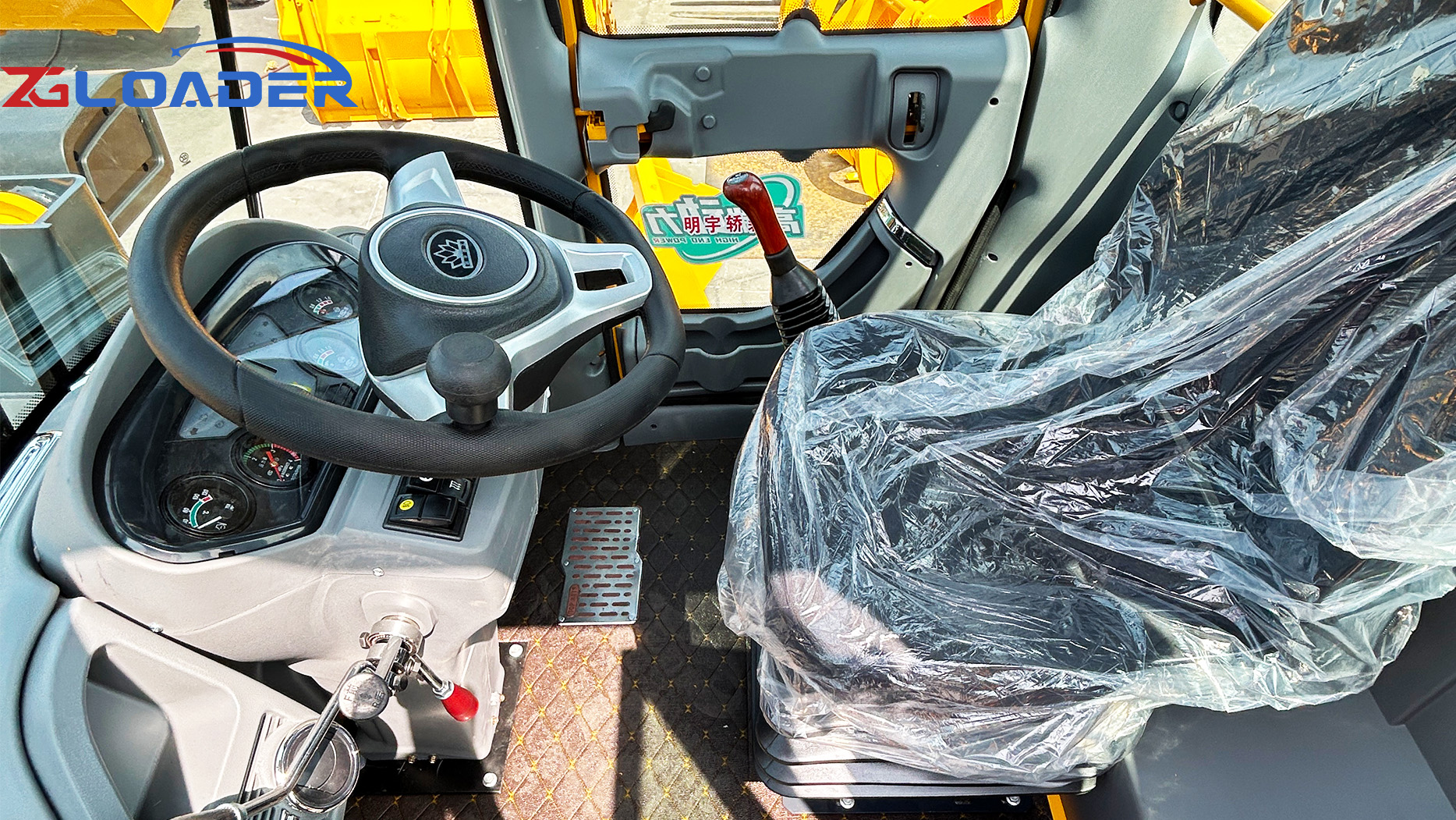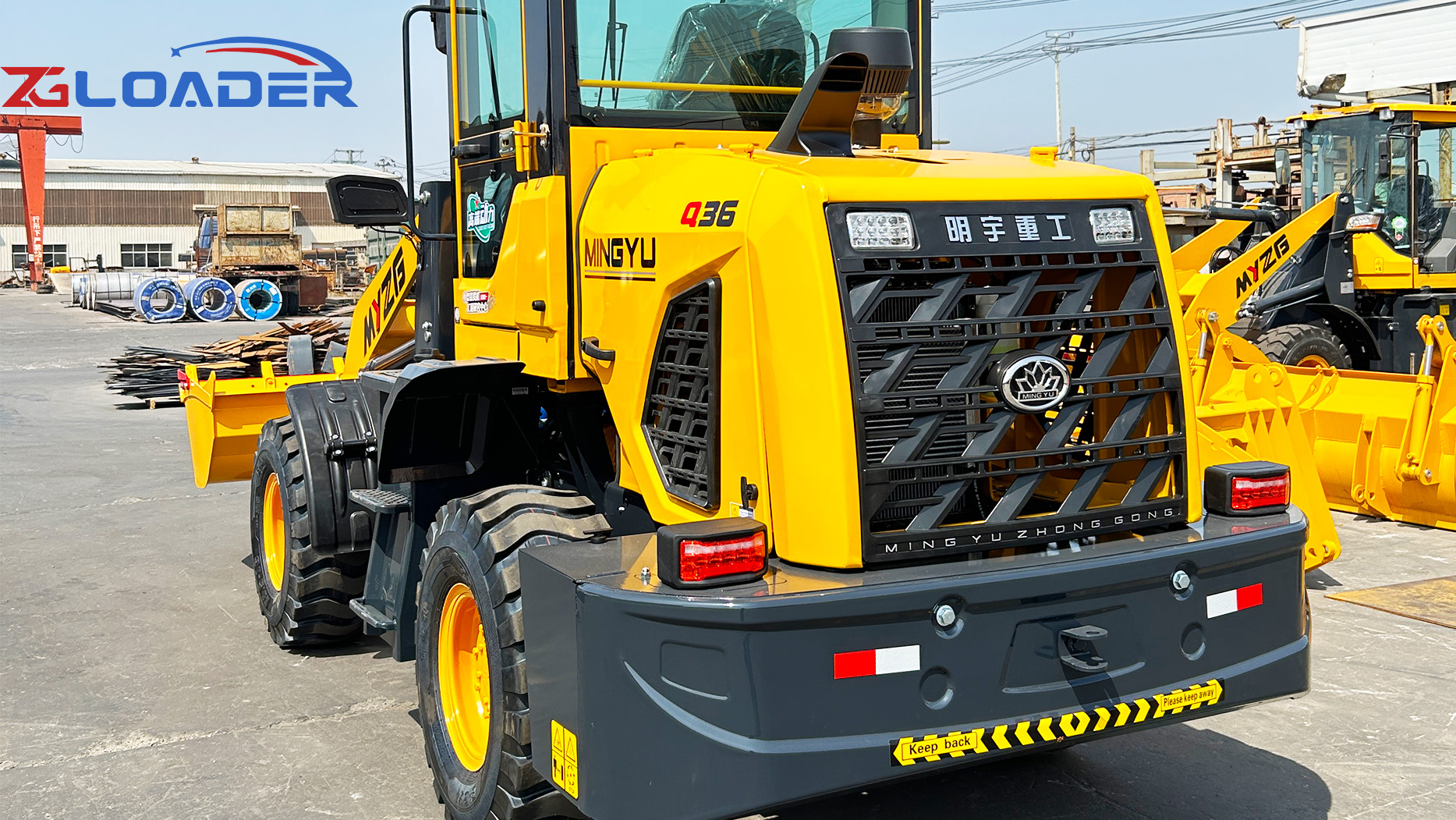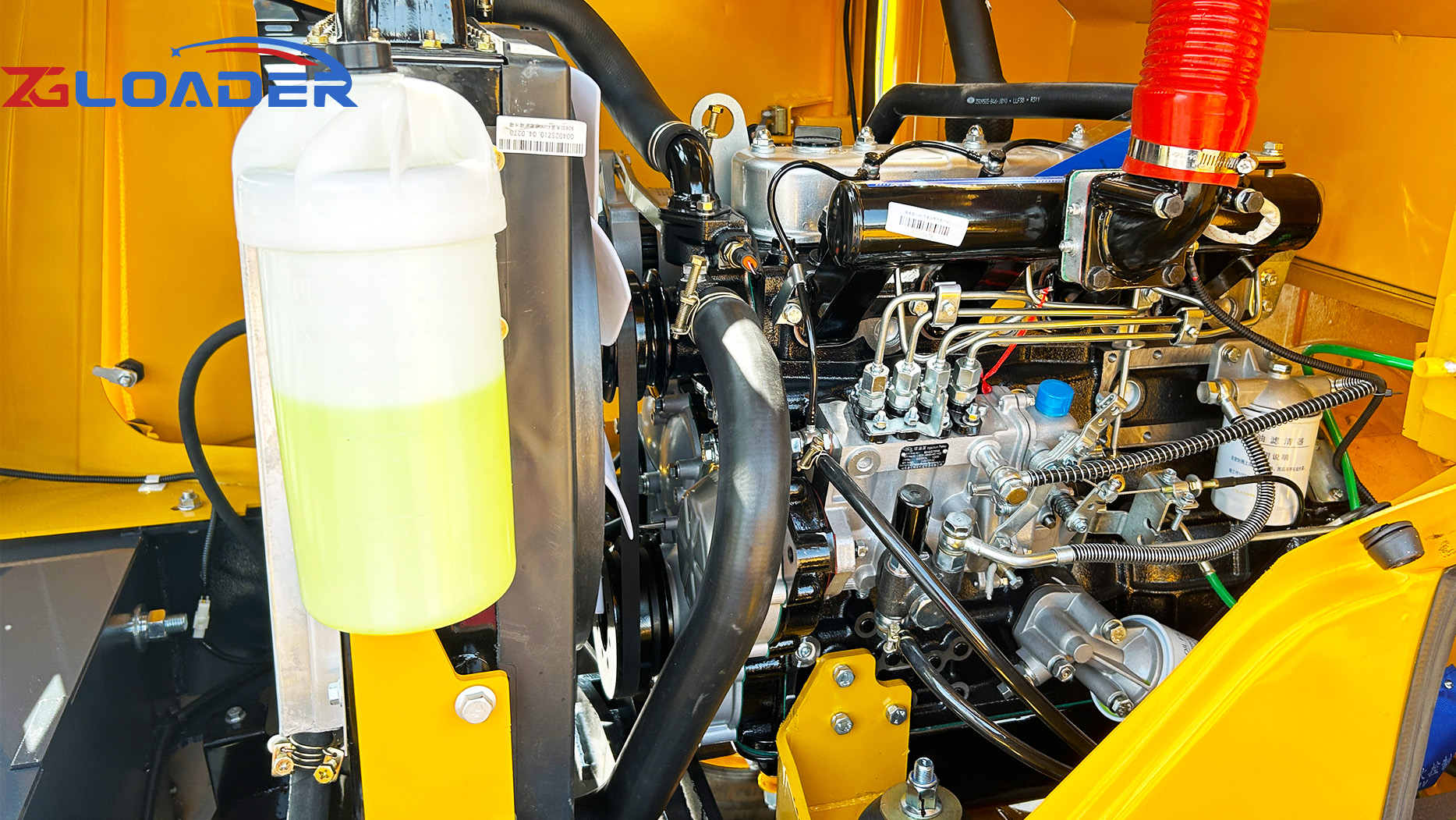I. Introduction
The question of whether front-end loaders are interchangeable between different tractors is a common one. While the concept seems straight forward – simply attaching a loader to a tractor – the reality is more complex. Several factors, including design variations, mounting systems, and hydraulic compatibility, significantly limit the interchangeability of front-end loaders between different tractor models. This article will delve into these complexities, exploring the factors that influence compatibility and the potential challenges involved in attempting to use a loader designed for one tractor on another.
II. Understanding Front-End Loader Attachments
Front-end loaders are not standardized components
Variety of Designs: They come in a wide range of sizes, shapes, and configurations, designed to suit specific tractor models, lifting capacities, and intended applications.
Mounting Systems:
Quick-Attach Systems: Many modern tractors utilize quick-attach systems for attaching and detaching front-end loaders, which significantly improves efficiency and operator safety. These systems typically involve a frame or plate on the tractor that the loader quickly attaches to.
Variations in Quick-Attach Systems: However, there are different types of quick-attach systems, including skid steer loader style, universal skid steer style, and manufacturer-specific systems. Compatibility is crucial, as a loader designed for one type of quick-attach system may not be compatible with another.
Pin-on Systems: Some older tractors may use pin-on systems, which require manual attachment and detachment using pins and bolts. These systems often have less flexibility and can be more time-consuming to attach and detach.
III. Factors Limiting Interchangeability
Several factors significantly limit the interchangeability of front-end loaders between different tractors:
Mounting Interfaces:
Variations in Mounting Points: Significant variations exist in the mounting points and interfaces between different tractor models. These variations include differences in frame dimensions, attachment points, and the positioning of hydraulic connections.
Compatibility Issues: These variations often make it impossible to directly attach a loader designed for one tractor model to another, even within the same brand.
Hydraulic Systems:
Hydraulic Compatibility: Compatibility issues can arise due to differences in the tractor's hydraulic system. Factors such as hydraulic flow rates, pressures, and connection types must match the loader's requirements.
Control Systems: Differences in the tractor's control systems, such as joystick configurations and electronic controls, can further complicate interchangeability.
Weight and Load Capacity:
Load Capacity Limitations: Attempting to use a loader that exceeds the tractor's load capacity can compromise stability and safety.
Weight Distribution: Improperly balanced loaders can also negatively impact the tractor's stability and maneuverability.
IV. Potential for Interchangeability
Within the Same Brand: Interchangeability is generally higher within the same tractor brand, as manufacturers often design loaders specifically for their own tractor models.
Aftermarket Options: Some aftermarket companies offer universal or adaptable front-end loader attachments that may be compatible with multiple tractor models. However, compatibility should always be carefully verified.
Custom Modifications: In some cases, modifications may be possible to adapt a front-end loader to fit a different tractor. However, this often requires specialized expertise and may not always be feasible or cost-effective.
V. Safety Considerations
Importance of Compatibility: Using incompatible front-end loaders can pose significant safety risks, including:
Structural Failure: The tractor or loader may experience structural failure due to improper mounting or overloading.
Hydraulic System Malfunctions: Incompatibility can lead to hydraulic system malfunctions, resulting in loss of control and potential accidents.
Increased Risk of Accidents: Improperly mounted or incompatible loaders can increase the risk of tipping, loss of control, and other accidents.
Always Consult the Manufacturer: Always consult the manufacturer's recommendations and specifications before attempting to use a front-end loader with a different tractor model.
VI. Conclusion
While the concept of interchanging front-end loaders between different tractors may seem appealing, it is generally not recommended due to the significant compatibility challenges. Differences in mounting systems, hydraulic systems, and design variations often make it impossible or unsafe to interchange loaders between different tractor models.
By carefully considering these factors and prioritizing safety, individuals and businesses can ensure the safe and efficient operation of their equipment.
Post time:Jan.31.2025



